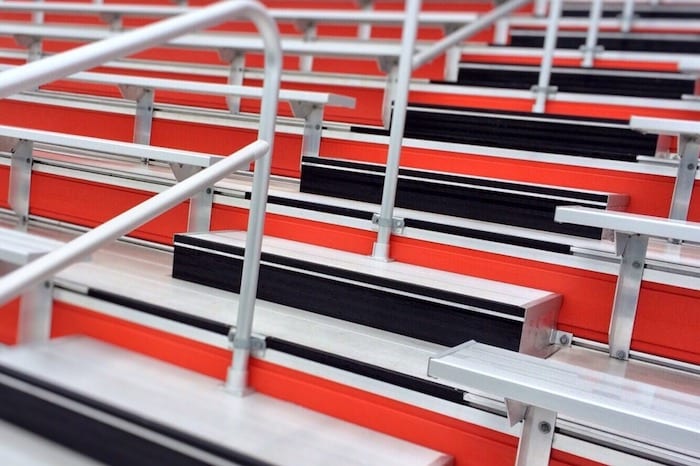Precedent Overload: Designing in the Era of Pinterest

BUILDING DIALOGUE: Creative Content
Several years ago I attended a lecture at the Rocky Mountain College of Art and Design by Nader Tehrani, principal of the esteemed architecture firm NADAA and current dean of the The Irwin S. Chanin School of Architecture at the Cooper Union.
Early in his lecture, “The Architecture of Installations,” Tehrani showed imagery of Banq Restaurant in Boston, Massachusetts. A highly expressive project in which the entire ceiling is covered in undulating layers of wood slats, Tehrani laughed as he described this project as NADAA’s most “pinned” (referring to the social media platform Pinterest, where one can save images to thematized virtual “boards,”) and, subsequently, “most imitated,” project.
At the time of the lecture, back in 2014, the audience was bemused by Tehrani’s Pinterest reference. The Pinterest platform, after a beta phase as an elite “invite-only” app, had been released to the mass market in 2010. Pinterest was arguably still growing and evolving, but, to Tehrani’s point, it had already facilitated a means of sharing design work instantaneously to the worldwide design community. Instagram, also released in 2010, was not yet considered a heavyweight social media marketing tool for the architecture and design community. In my distinct memory, Tehrani did not seem annoyed. He seemed to be implying that imitations of his firm’s successful design, now shared on Pinterest and copied in built form (albeit in different locations, detailing, and contexts), ultimately remained a form of flattery. And let’s not forget – he did it first.
Now fast forward to the present. Whether you are on Pinterest or Instagram – two of many platforms that provide immediate access to curated visual content tailored to your tastes, likes, saves, follows and friends, in the virtual world, popular, of-the-moment design imagery is, arguably, everywhere.
As an industry constantly exposed to a world of virtual “design” content, how do design professionals continue to generate authentic work that is distinctive in its differences from the inspirational imagery that is saturating our social media channels? And is this proliferation and mass consumption of design imagery improving our built environment, or squelching authenticity and originality?
I ask these questions not ready to provide an answer, but to start a conversation. The truth is, I’m genuinely curious.
In my own experience, I have worked with different offices and design teams that have taken varied approaches to seeking visual inspiration and generating subsequent design work. Working with one senior designer, we typically chose to gather conceptual imagery independent of actual design work when first imagining the look, feel and mood of a project. While we were not designing in a vacuum, this approach lent itself to understanding the potentials of high-level concepts to guide initial design decisions.
On other teams, I have collected inspirational imagery from the aforementioned design websites to see how, say, the form of a bleacher stair might be interpreted 20 different ways. Using this as a departure point, we might then iterate on an idea until it becomes distinctively reinvented again.
Other teams have sought to generate inspiration first from the program of a new building, then from site organization and, lastly, through the exploration of how the local design context and sense of place might directly influence the building’s design.
Only three of many approaches, the use of readily available precedent imagery seems to be both positive and negative. On one hand, precedent imagery quickly can connect a designer or a client with an idea of a general character you might aspire to interpret into a new design solution. Conversely, as designers continue to search for imagery on the web, algorithms and search engine optimization often privileges top-trending design imagery, creating consistent exposure of design groups worldwide to the same “preferred” images and aesthetics within different design categories.
Pinterest seems to have embraced the copycat phenomenon. When you click on a “pin” (i.e., image of a design, such as a kitchen remodel), there is now a feature that says, “Tried this pin? Add a photo to show how it went.” This might seem helpful when considering a new haircut or recipe, but where does one draw the line when it comes to design – an act that by definition results in the creation of something new?
Published in the September 2018 issue of Building Dialogue.












